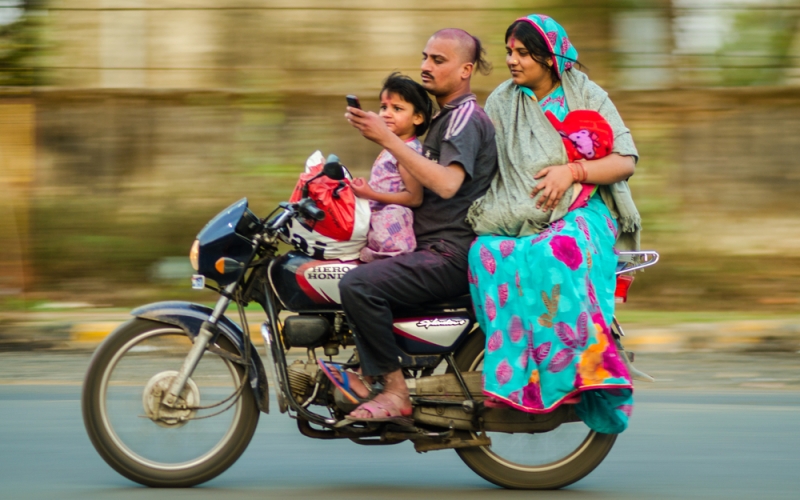
Impressions of traveling to Asia can be very different, but the vast majority of tourists clearly agree that traffic in this part of the world is very special. Simply put, there are no rules here. Indeed, for a person accustomed to strictly regulated traffic, the roads in Asia can be very difficult, and most importantly, scary. Huge intersections without traffic lights, dense streams of cars, bikes and tuk-tuks, carts with street food barely trudge along the side of the road, and buses full of people rush as if they have a dedicated lane, while the width of the two-way road is often barely enough for one car and scooter – all these are characteristic features of Asian road reality.
At the same time, it is surprising that accidents on the roads do not happen as often as one might expect. Somehow, miraculously, all this chaos organizes itself, and local residents hurrying about their business safely reach their destination. Well, they grew up in such conditions and probably feel in their hearts when to slow down and when to accelerate. And for those who are not accustomed to this type of traffic, we have compiled a practical guide that will help reduce the likelihood of an accident to a minimum.
Rule number one: the one who drives along the main road lets in
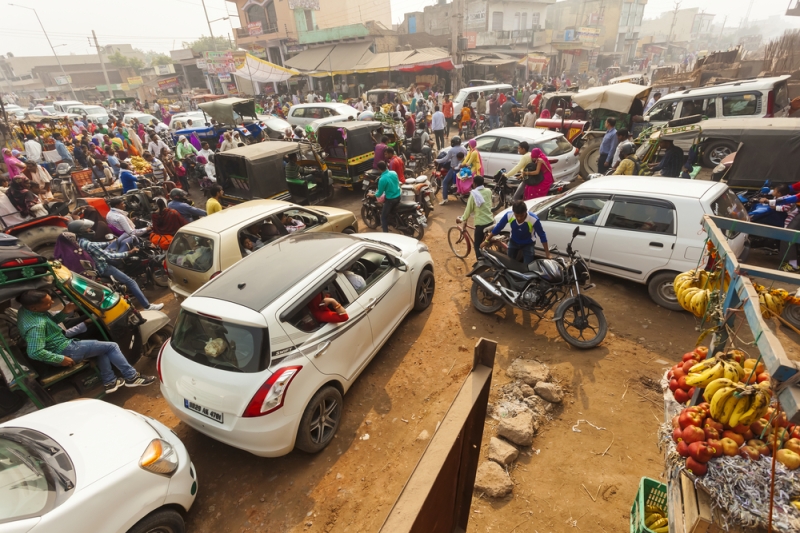
A person who slows down when exiting an alley onto the road is a rarity in Asia. If he also looked towards the approaching stream, you have met an exceptional specimen. Therefore, when approaching an intersection, alley or U-turn, slow down, especially if you are driving in the outer lane.
Rule number two: turn signals either don’t work, or work from the curb to the house
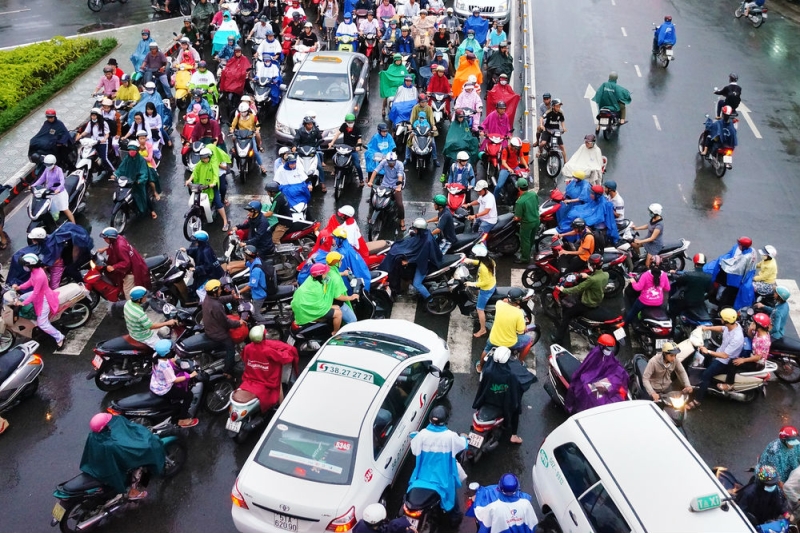
In Asia, not everyone uses turn signals. And those who use them, especially on bikes, often forget to turn them off and can ride in a straight line for a long time with a flashing light. A much more informative indicator is a slight turn of the head in the direction of the intended turn. In other words, if you see that a person on a bike is looking in some direction, it is very likely that he should go there, so if your real and his intended path intersect, slow down, just in case. You should also not drive too hard past parked cars and tuk-tuks, the driver is not visible, but he may well be there and may want to move. If you see in the mirrors that the road behind you is empty, this does not mean at all that he will let you through.
Rule number three: overtakes the last one in line
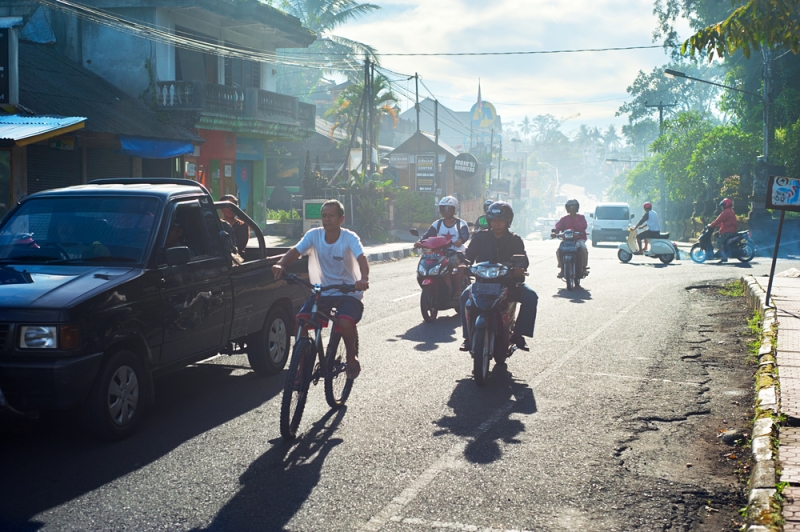
When a line of people wanting to overtake is lined up behind one slow car, on an empty straight stretch the first one to enter the oncoming lane will be the one furthest in the queue. And he will overtake the entire line at once. Therefore, if you are not the last one, look especially carefully in the rearview mirror and do not think that your turn signal will stop the car following you from overtaking. Those even further behind cannot see you at all.
Rule number four: signal before, not after
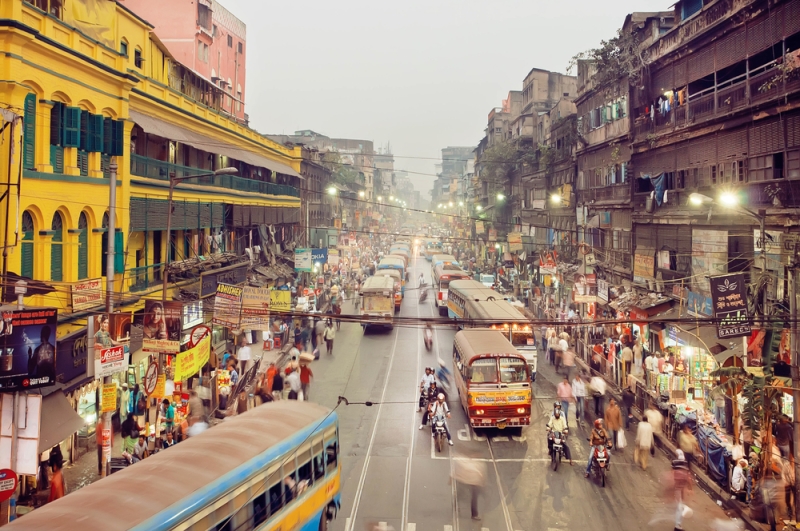
We are accustomed to the fact that the horn is a last resort, and it sounds on the road only at a critical moment, when someone is obviously wrong. In Asia, it’s the other way around; a signal is a preventive measure that’s needed to simply warn other road users that you’re there. You can and should honk if you are approaching an intersection or a blind turn, if you do not understand whether another driver can see you, who presumably wants to change lanes or turn around if you want to be let through. And just if you’re bored, they do that here too.
Rule number five: high beams turn on invulnerability mode
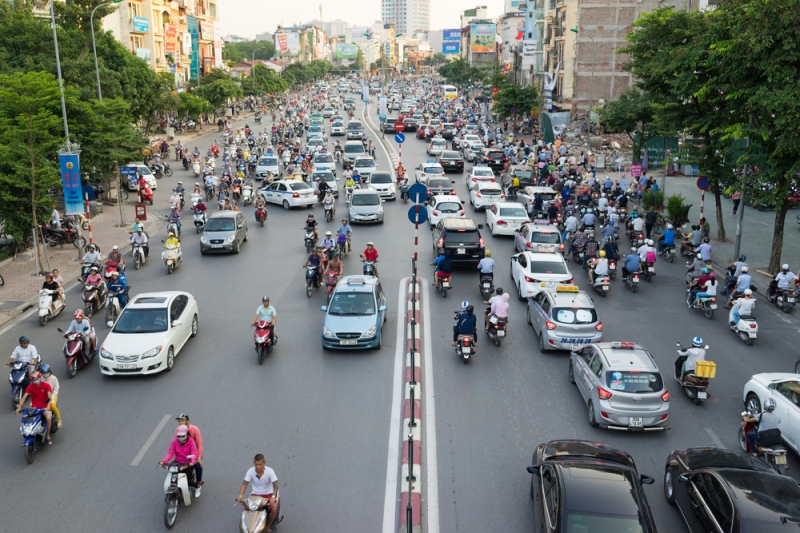
Another interesting feature of traffic in Asia is that if a driver flashes his high beams at you, or doesn’t even flash them, but just turns them on while approaching you from front or behind, this means that you should let him pass. Even if he has overtaken and is driving towards you in your lane. You don’t have to, of course, but he’s confident he’ll miss it and moves based on that. So it’s in your best interest to skip it. On the other hand, you can also use this rule; it is better not to drive into oncoming traffic if there are cars, but in this way asking the bikes to move to the side of the road and give you room to overtake is quite legal.
The most important rule: always be on guard
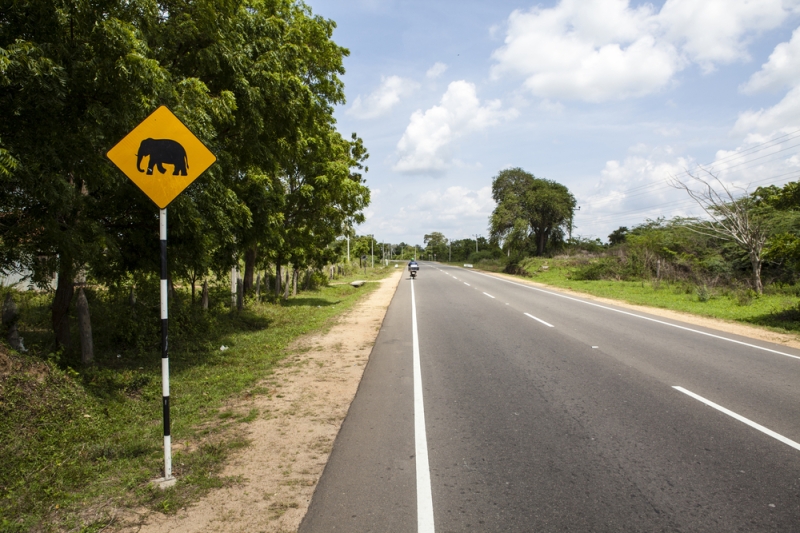
Driving in Asia is a bit of a lottery, you never know what the road will throw at you. A dog or even a cow can block your path at any moment; bikes sometimes appear out of nowhere; turning left from the right lane is a common practice. That is why when driving a moped or car you need to constantly monitor the situation around you. You must notice everything that happens within a radius of at least 10 meters from you, regularly look in your mirrors and preferably drive no faster than the speed of the flow. In general, this is the main thing that roads in Asia teach – not to rush anywhere.

